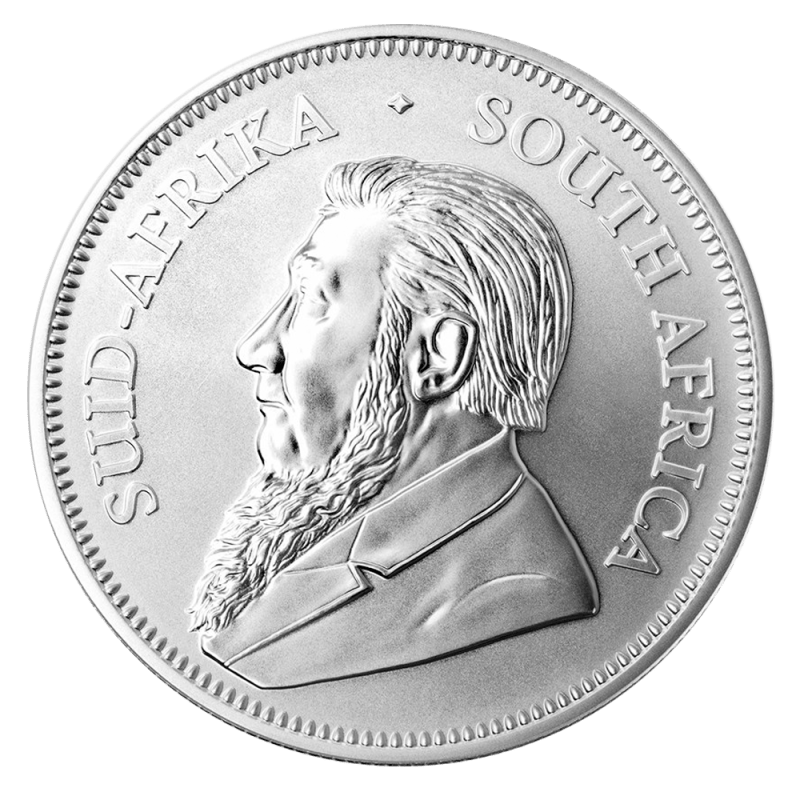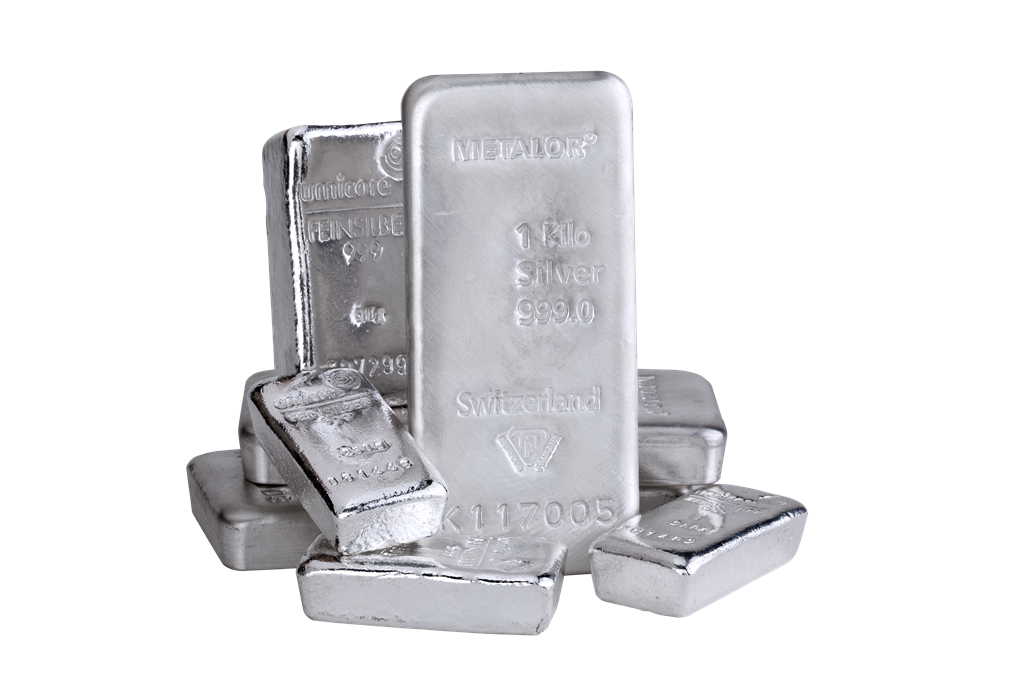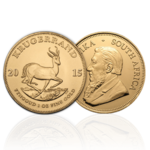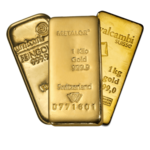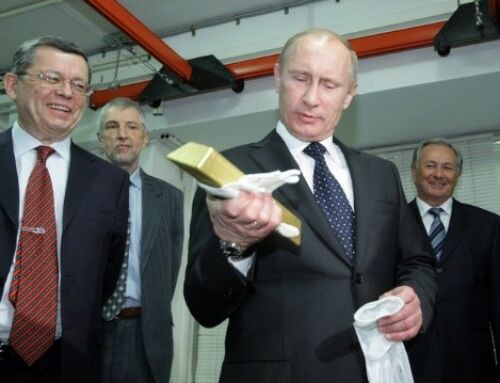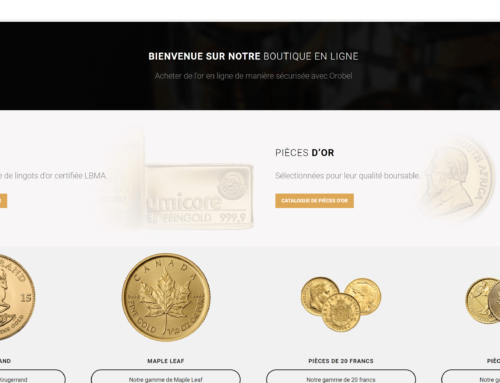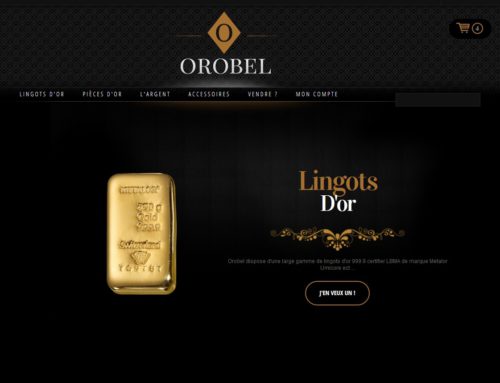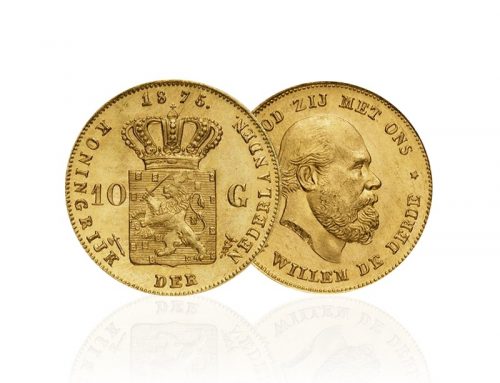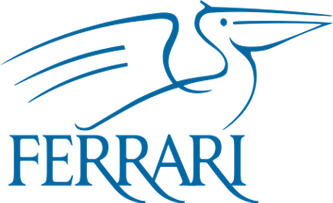The origin of gold
EXAMPLE OF GOLD DEPOSITS
The Omai gold mine, located in the Barama-Mazaruni Super Group, is part of the Paleoproterozoic greenstone belt of the Guiana Shield. The sequence of strata reveals alternating mafic volcanic and felsic rocks *, alternating usual origins of sediment erosion. This volcano-sedimentary sequence was pierced by an intrusive igneous body type and dioritic * porphyry dykes. The volcano-sedimentary sequence Barama-Mazaruni of was metamorphosed to greenschist facies. Then this building suffered fractures and dislocations extremely steep. The main routes of hydrothermal mineralizing fluids were so open.
The Omai deposit consists of two separate gold zones, operated since 1992 in open quarries and Fennell called Wenot. The geological characteristics and geochronology of the two mineralized zones suggest that they are genetically related and represent the same metallogenic event. Thereof can be correlated to the final phase of brittle-ductile deformation associated with the trans-Amazonian orogenèse. This occurred there are two billion years.
A Omai, two different processes can describe the mineralization. The first is the type characterizing the Archean orogenic gold deposits. The second textures are similar to those of epithermal deposits Cenozoic Pacific.
In order of decreasing abundance, there are quartz, carbonates (calcite, ankerite), scheelite, native gold, and several species of sulphides and tellurides. These are mostly mineralization of low temperatures (120 to 260 ° C). The site is located on the border between an oxidizing medium of a reducing zone. The first hydrothermal fluids were enriched in CO2, then the following W in S. Their role was important in the transmission and enrichment of gold.
The mechanisms that are invoked to explain the gold deposit are :
- cooling mineralizing fluids.
- The chemical composition of the walls (wall rock, wall of the vein).
- The permeability of the wall rock.
The exchanges have occurred under these conditions. The sulfur in the hydrothermal solutions promoted the deposition of gold and sulphides and tellurides, as explained below.
As always in modern geology, isotopic analyzes confirm the theses. The original radiogenic and stable isotopes of the two main deposits show a different origin :
- On the mantle origin and (or) in the lower part of the continental crust.
- On the superficial origin (meteoric water or marine).
It is found that the physicochemical conditions that control the various processes can be very varied and numerous.
Here is how Gabriel Voicu concluded its work. Let him tweak the description of Omai deposit *. He felt that the Omai deposit would be a first example of orogenic gold cottage of Paleoproterozoic age épizonal type associated with granitoids and greenstone.
This well-documented example describes how much to subtle process to concentrate the gold dispersed in the immensity of the igneous rock. The abundance of gold is really low and dispersion is large. Only hydrothermal washing under high pressures and temperatures allow the transport and concentration of gold nanoparticles. But it is necessary to use fine chemicals to understand the dissolution and transport increasing gold concentration.
* The felsic rocks are igneous silicate rocks therefore rich in Si, O, Al, Na, K. They contain quartz, muscovite, orthoclase feldspar and other. The name derives from the combination of the words « feldspar » and « silica ».
* Diorite : grained igneous rock composed mainly of plagioclase (oligoclase or andésine) and amphibole (hornblende), with minor biotite.
* « Other key features such as: alteration style, part geodynamics, late orogeny, the presence of fluids from a deep source; less directly, the mineralogical paragenesis relate to the definition of deeper mesothermal deposits. The superposition of the epi- and mesothermal characteristics Omai therefore corresponds to the upper part of the « continuum model » proposed for the Archean deposits type « gold-only » and defined as the crustal field épizonal said. »
